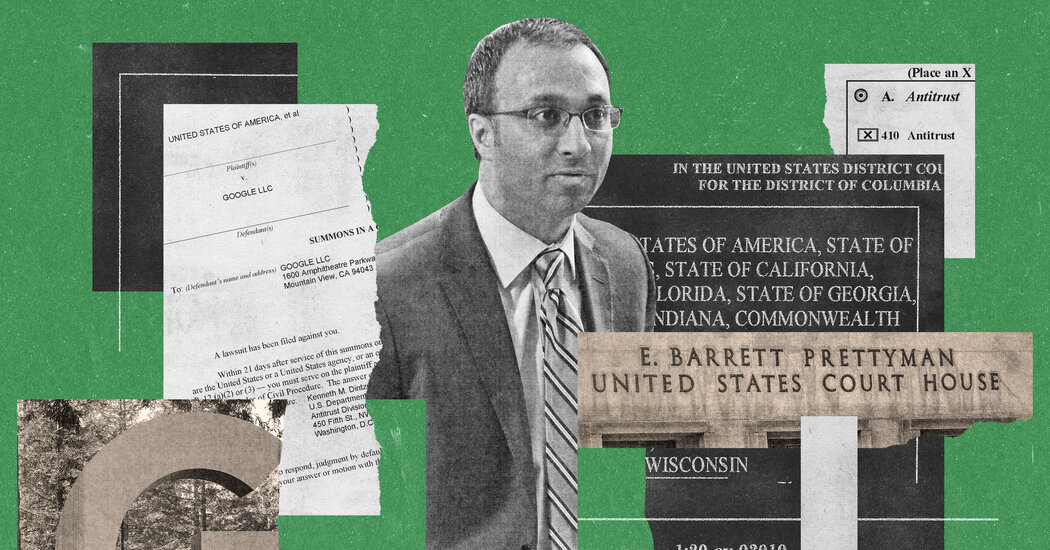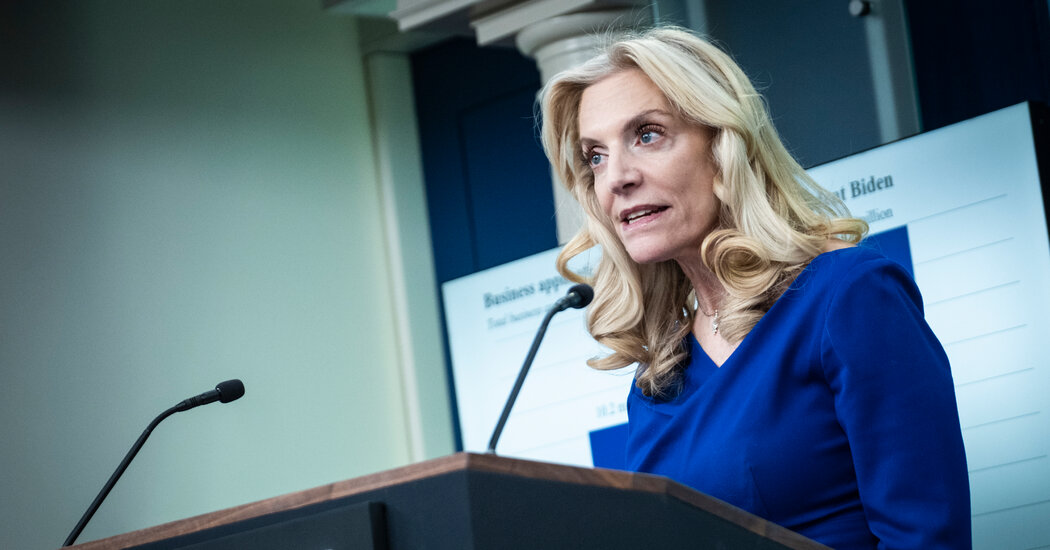Joseph M. Hendrie, a physicist who led the Nuclear Regulatory Commission during the country’s worst nuclear power accident, at Three Mile Island — a mishap that chilled Americans’ trust in nuclear energy for decades — died on Dec. 26 at his home in Bellport, N.Y., on Long Island. He was 98.
His daughter Barbara Hendrie confirmed the death.
An expert in nuclear reactor safety, Dr. Hendrie was chairman of the commission on March 28, 1979, when a commercial reactor located on an island in the Susquehanna River in Pennsylvania experienced a sudden loss of cooling water and a partial meltdown of its radioactive fuel.
Two days later, on Dr. Hendrie’s advice, the governor of Pennsylvania ordered the evacuation of pregnant women and preschool children within five miles of the area.
Minimal radioactivity was released, and there were no immediate deaths. But official miscommunication and lingering confusion over the severity of the threat inflamed a long-running national debate about nuclear safety. Movie theaters that year were showing “The China Syndrome,” a hit thriller about a nuclear plant disaster. Nearly 200,000 protesters turned out in New York City six months after Three Mile Island for an antinuclear rally.
Dr. Hendrie, who was appointed by President Jimmy Carter in 1977 to lead the Nuclear Regulatory Commission, the government agency in charge of nuclear power safety, came in as a proponent of nuclear energy, criticized by environmentalists as too supportive of the industry.
“My biggest challenge will be to keep nuclear power as a viable energy option,” he told Newsday, his local paper, when he was appointed. He pledged to end “the tortuous and Kafkaesque hearings” on proposed nuclear plants.
But the president fired Dr. Hendrie eight months after Three Mile Island, following a blistering report by a presidential commission that called for sweeping changes in how nuclear plants were built and regulated.
The report did not fault Dr. Hendrie by name. But it was critical of the regulatory commission, saying it was “unable to fulfill its responsibility for providing an acceptable level of safety for nuclear power plants.” Mr. Carter said a change of leadership at the commission was needed “in the spirit” of the recommendations he received.
Victor Gilinsky, who served on the commission with Dr. Hendrie, described him in an interview as a nonbureaucratic type, “given to outbursts of honesty,” whose candor may have led to his dismissal.
In the days after the accident, when asked at a news conference in Maryland about worst-case scenarios, Dr. Hendrie had said it might be necessary to evacuate residents as far as 20 miles from the site. Gov. Richard L. Thornburgh of Pennsylvania was upset, Dr. Gilinsky said, and complained to President Carter. “That’s what forced him out; he was giving his honest opinion.”
Though he lost the chairman’s job, Dr. Hendrie remained one of the five members of the regulatory commission through the end of his four-year term in June 1981. In March of that year, President Ronald Reagan reappointed him chairman in an acting capacity.
He returned to the Brookhaven National Laboratory in Upton, N.Y., where he had worked for two decades before joining the regulatory commission. In the 1960s, he had helped design and build a type of research reactor, the High Flux Beam Reactor, which provided very intense beams of neutrons. Scientists from far and wide came to Brookhaven to use it for their experiments.
“He was one of those rare individuals who possessed a deep technical understanding of nuclear science and engineering and the ability to successfully manage a large and diverse work force supporting many nuclear related activities, including both theoretical and experimental work,” Joseph P. Indusi, a former colleague of Dr. Hendrie’s at Brookhaven, said in an email.
In 1984, when Dr. Hendrie became president of the American Nuclear Society, a professional group for nuclear engineers, he told its publication, Nuclear News, that he had few regrets about leaving a high-profile government career for a quieter life of research.
“On balance, I’m glad to be out of it,” he said. “The stress level is high enough so that it’s a very wearing proposition. You just drain down your internal reserves. But it’s also a very exciting enterprise, and I miss the hurrah from time to time.”
Joseph Mallam Hendrie was born on March 18, 1925, in Janesville, Wis. His father, Joseph Munier Hendrie, was an executive at General Motors who moved the family to the Detroit area. His mother, Pearl (Hocking) Hendrie, was a homemaker.
During World War II, Dr. Hendrie served in the Army Corps of Engineers in the Pacific. He graduated from Case Institute of Technology in Cleveland (now part of Case Western Reserve University) in 1950 with a degree in physics, then earned a Ph.D. in the same subject from Columbia University in 1957.
He met his future wife, Elaine Kostel, an instructor at an Arthur Murray dance studio in Cleveland, on a blind date. She later worked in public relations for the Navy. She died in 2019.
Besides his daughter Barbara, Dr. Hendrie is survived by another daughter, Susan Hendrie-Marais; a grandson; and a sister, Jane Cooper.
In the first uncertain week after the Three Mile Island accident, there were fears verging on panic that the reactor could melt down and release devastating radioactivity. That never came to pass, although the full extent of the damage was not learned until years later, when it was determined that 50 percent of the reactor’s nuclear fuel had melted.
The accident was triggered by a stuck valve, compounded by human error. The result was that not enough cooling water was reaching the reactor core, which led to damage and the release of a “small amount of radioactive material,” according to the Department of Energy.
Several studies of long-term health effects found no increase in several types of cancer caused by radiation in the region.
Still, Three Mile Island froze the development of nuclear power in the U.S. for decades. For 32 years after the accident, the Nuclear Regulatory Commission issued no new permits for reactors. Since 2010, only two new reactors have come online, while a dozen shut down before their licenses expired because they were not economical.
More recently, new interest has arisen in nuclear power as the largest source of non-carbon-emitting energy at a time of heightened awareness of the climate crisis. Gallup polling last year found more support for nuclear power than at any time since 2012. The Biden administration has directed $6 billion from an infrastructure law to bail out economically shaky reactors, which provide about half of the nation’s carbon-free electricity.



